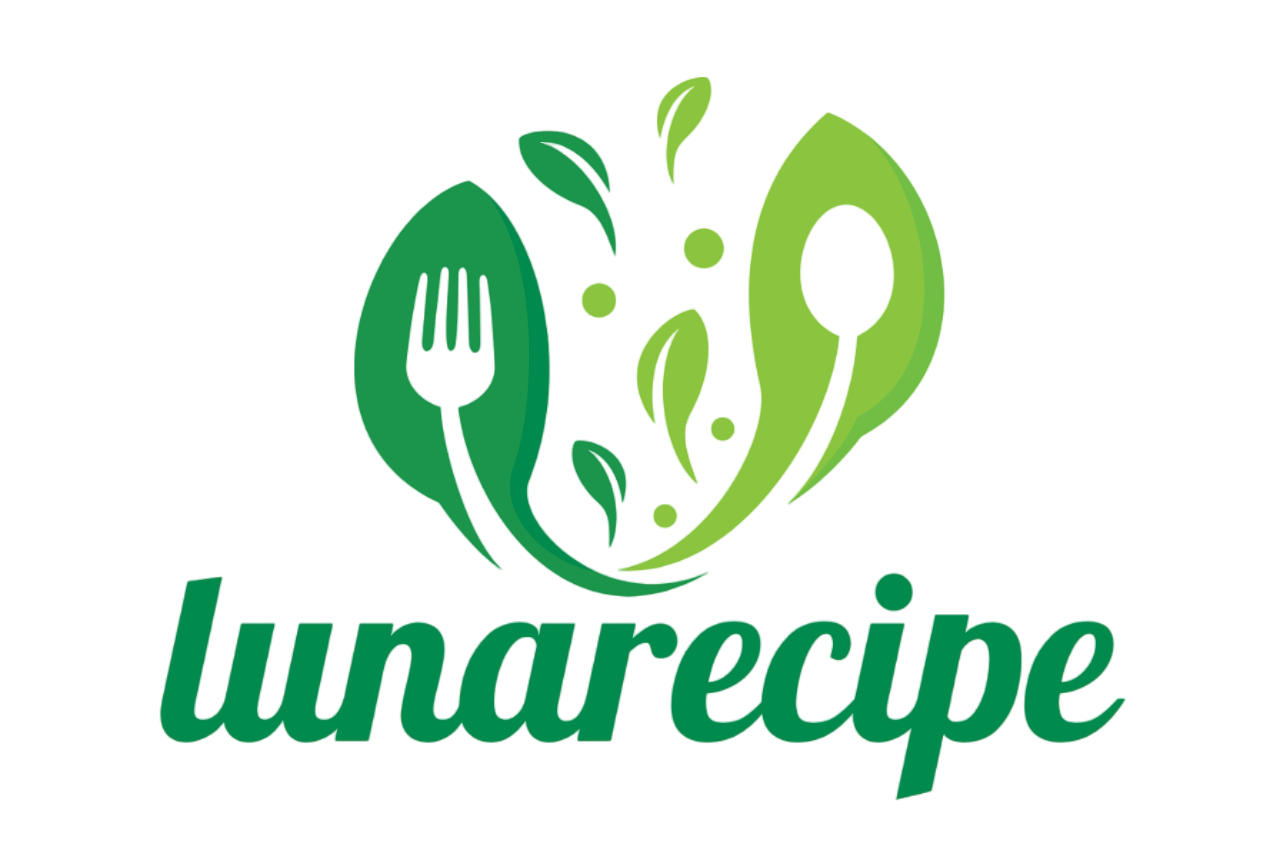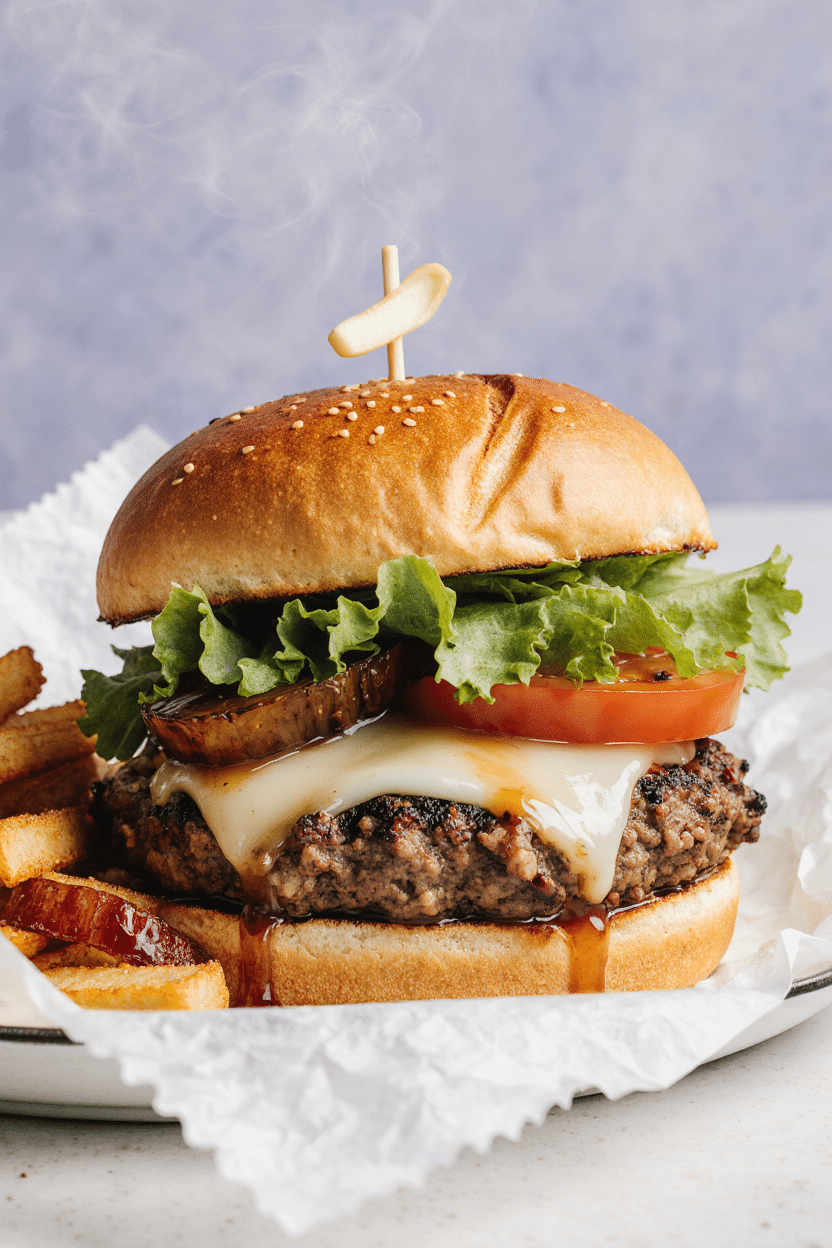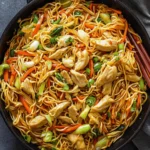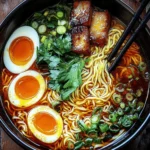These juicy, crusty diner-style burgers channel the retro charm of America’s favorite neighborhood diners. Made with high-quality ground beef and cooked on a hot flattop or skillet, they’re all about simplicity done perfectly: seared to crispy-edged glory, topped with melty American cheese, and tucked into a buttery toasted bun.
No grill needed—just a good pan, a heavy spatula, and a craving for old-school, no-frills deliciousness. These burgers are perfect for a quick weeknight meal, a backyard hangout, or when you’re simply in the mood for something comforting, cheesy, and loaded with flavor.
Full Recipe:
-
1 pound (450g) ground beef (80% lean)
-
Kosher salt and freshly ground black pepper
-
4 slices American cheese
-
4 soft hamburger buns
-
2 tablespoons unsalted butter, softened
-
Optional toppings: shredded iceberg lettuce, sliced pickles, sliced tomatoes, ketchup, mustard, mayonnaise
Directions:
-
Divide the beef into 4 equal portions (about 4 ounces each) without shaping into patties.
-
Heat a large stainless steel or cast-iron skillet over medium-high heat until very hot (about 3 minutes).
-
Place beef portions in the skillet and smash them flat using a heavy spatula. Season generously with salt and pepper.
-
Let cook undisturbed for 1 to 1½ minutes until a crust forms. Flip burgers and immediately add a slice of cheese to each.
-
Continue cooking for another minute until cheese is melted and burger is medium-well.
-
While the burgers cook, toast the buns with butter in a separate pan or under a broiler until golden.
-
Assemble the burgers with desired toppings on the toasted buns. Serve hot.
Prep Time: 10 minutes | Cooking Time: 10 minutes | Total Time: 20 minutes
Kcal: ~520 kcal per serving | Servings: 4 servings
Recipe Overview
These diner burgers are an American classic that’s simple yet satisfying. With just a few quality ingredients, you can recreate the crispy, juicy burger experience found at old-school diners and burger joints. The crispy edges, melty cheese, and buttery toasted bun all come together to create an unforgettable bite. Whether you’re cooking for a family meal or craving a nostalgic treat, this recipe offers a quick, easy, and utterly delicious burger option.
History and Origin
The diner burger is an American icon that dates back to the early 20th century, a time when diners first began sprouting up along highways and small towns as quick, affordable eateries. These establishments catered to blue-collar workers, travelers, and students looking for fast, hearty meals — and nothing epitomized that better than a burger.
The flat-top diner burger is often associated with greasy spoons, mom-and-pop diners, and soda fountains, especially during the 1940s to 1960s, which many consider the “golden age” of diners. Cooked on a hot, flat griddle instead of a grill, these burgers developed a signature sear known as the Maillard reaction — a flavorful browning process that only a flattop or cast-iron skillet can deliver.
Diners like Mr. Bartley’s Burger Cottage in Cambridge, Massachusetts, and J.G. Melon in New York became famous for this cooking method. These burgers weren’t about gourmet toppings or unusual blends — they were about beefy simplicity done perfectly. And that’s what keeps them timeless.
Variations and Adaptations
While the classic diner burger typically involves ground beef, American cheese, and a soft bun, there are endless regional and modern spins on this classic. For instance:
-
The Oklahoma Onion Burger: This version presses thinly sliced onions directly into the raw beef patty while cooking, allowing the two to fuse as they sear. It’s sweet, savory, and a staple of Oklahoma diners.
-
California-Style Diner Burger: Adds shredded lettuce, tomato, and a “secret sauce” that resembles Thousand Island dressing, giving it that iconic In-N-Out feel.
-
Midwestern Butter Burger: Originating from Wisconsin, this indulgent take adds a generous pat of butter to the bun or directly onto the patty itself.
-
Vegetarian/Vegan Diner Burgers: Many modern diners now offer plant-based patties made from mushrooms, lentils, or Impossible/Beyond Meat alternatives, keeping the diner aesthetic but swapping out the animal protein.
Cheese options also vary — while American cheese is traditional for its meltability and nostalgic flavor, some opt for cheddar, pepper jack, or even blue cheese crumbles. The bun can be upgraded to brioche or potato rolls, but a good old-fashioned white bun often remains the favorite.
Nutritional Information
At a glance, the standard diner burger (made with 80/20 ground beef, cheese, and a bun) averages around:
-
Calories: ~500–600 kcal per burger (without sides)
-
Protein: 25–30 grams
-
Fat: 30–35 grams (with saturated fats making up around 10–12g)
-
Carbohydrates: 25–30 grams
-
Fiber: 1–2 grams
-
Sodium: ~800–1000 mg depending on the cheese and seasoning
-
Iron and Zinc: Ground beef is rich in heme iron and zinc, which support oxygen transport and immune health.
-
B Vitamins: Especially B12 and niacin, essential for energy metabolism and brain health.
While this is not a “light” meal, it is rich in protein and nutrients — and when paired with lighter sides like a salad or roasted vegetables, it can easily fit into a balanced diet.
Serving Suggestions and Pairings
Serving a diner burger is as fun as it is delicious. For the full experience, go with classic diner sides like:
-
Hand-cut fries or crinkle fries
-
Sweet potato fries for a slightly healthier twist
-
Onion rings for an extra indulgent crunch
-
Coleslaw to add a refreshing, tangy contrast
-
Pickle spears — practically a requirement!
If you’re serving guests, offer a “burger bar” setup with toppings like sautéed mushrooms, caramelized onions, pickled jalapeños, crispy bacon, and various sauces.
As for drinks, few things beat an ice-cold soda or milkshake (think vanilla, chocolate, or strawberry) to complete the retro diner vibe. For adults, consider a light lager or even a bourbon-spiked milkshake for a grown-up twist.
Advertisement
Tips and Tricks for Success
-
Use freshly ground beef, ideally 80/20 for the best fat-to-lean ratio. Too lean and your burger will dry out; too fatty and it may not hold together well.
-
Don’t overwork the beef. Just divide and loosely shape — pressing too much will make the patty tough.
-
Preheat your skillet thoroughly. You want it screaming hot before the meat hits the surface to get that iconic sear.
-
Smash quickly and firmly. This creates the maximum surface contact for the Maillard reaction to do its magic.
-
Don’t press after flipping. Once the crust forms, leave it alone. Pressing after the flip only squeezes out juices.
-
Butter the buns. Toasting them in butter makes all the difference in texture and flavor.
-
Let it rest (briefly). Even a 1-minute rest before serving helps juices redistribute within the patty.
Potential Health Benefits
Though diner burgers are often seen as indulgent, they do offer nutritional perks — especially when made at home with quality ingredients:
-
High-quality protein supports muscle maintenance and repair.
-
Iron and Vitamin B12 help prevent fatigue and support brain function.
-
Healthy fats from grass-fed beef or added avocado (if using) can support heart and joint health.
-
Portion control is easier at home — making a slightly smaller patty or using a lettuce wrap instead of a bun can reduce overall calories.
-
Customization means you can reduce sodium, skip processed cheese, or add antioxidant-rich toppings like tomatoes and leafy greens.
Conclusion
The diner burger is more than a meal — it’s a slice of American culture, wrapped in a soft bun and dripping with flavor. Whether you’re cooking it for a quick weeknight dinner or serving it up at a backyard get-together, it delivers unbeatable satisfaction with every bite.
Its charm lies in its simplicity: no gimmicks, no trendy ingredients, just great beef, great texture, and pure comfort. By learning how to perfect this classic at home, you unlock a whole new appreciation for timeless, well-executed cooking. So grab your skillet, crank up the heat, and prepare to impress — your next diner-style masterpiece awaits.





